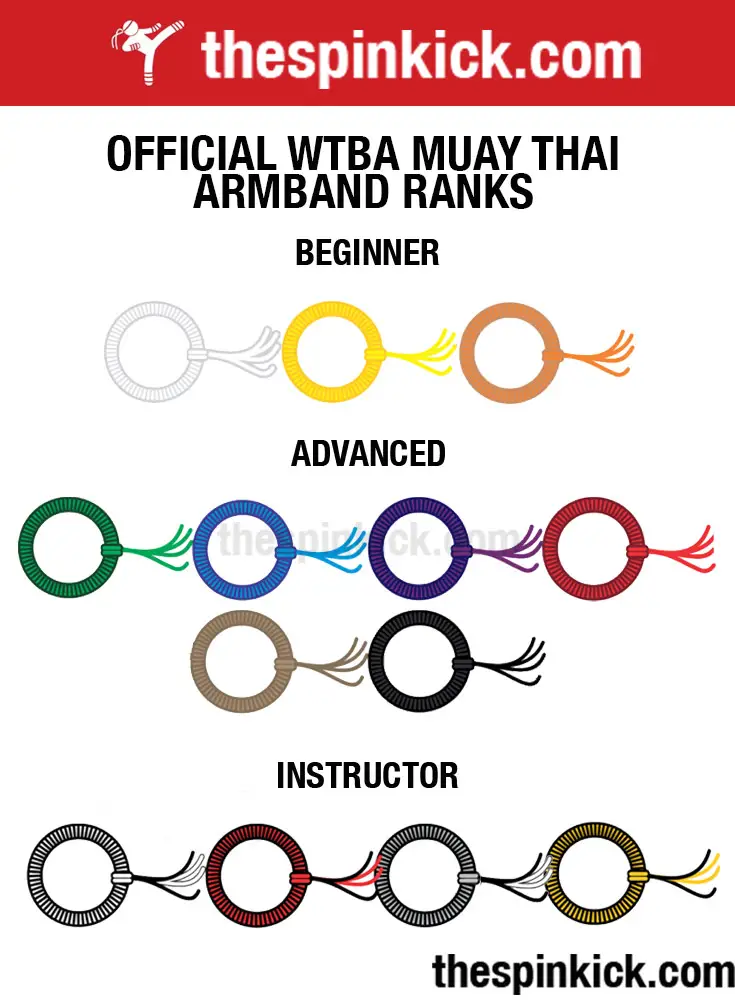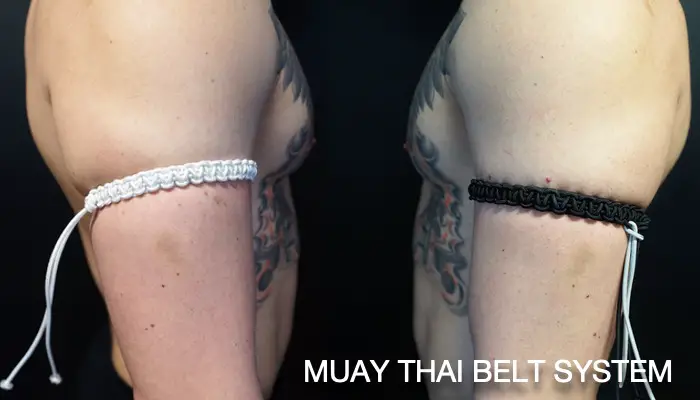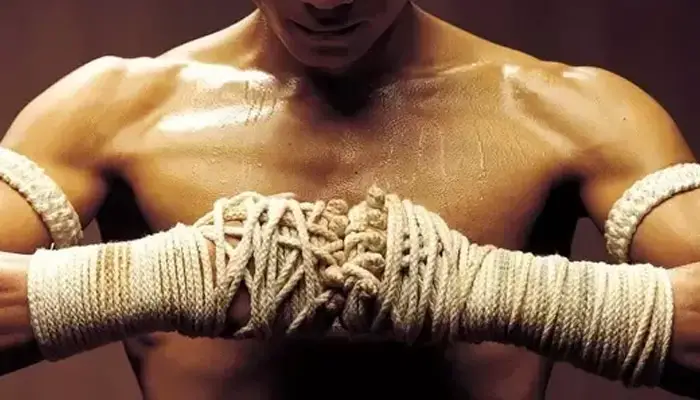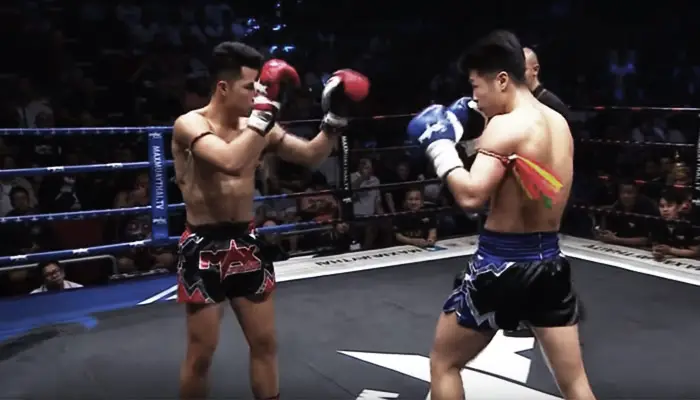Thanks to its destructiveness in the different striking and MMA fight promotions, action movies, and other media muay thai has become one of the fastest growing martial arts around the world. Compared to traditional martial arts, muay thai is still relatively new.
People familiar with taekwondo or karate always ask: Does muay thai have a belt system? Traditionally, muay thai does not have a belt grading system. However, some western organizations have implemented belt and grading systems for their schools.
Why Doesn’t Muay Thai Have a Belt System?
In Thailand, muay thai is a professional combat sport just like boxing. Fighters who join a gym do the sport to earn a living not belt ranks. When you fight to put food on the table, that’s more motivation to train then earning a belt.
When your trainer says so you may enter the ring, and he may give you traditional armbands called praciat, prajiet, or prajead.
A fighter’s rank is based purely on skill, fight record, quality of wins, and number of championship belts and titles. You’re not going for color belts, but for championship belts.
Pro gyms in Thailand with champs from Rajadamnern or Lumpinee stadium would simply laugh at implementing a grading system. They use their muay thai armbands and headbands for protection and good luck, not rank.
Modern Muay Thai Grading Belts System
Many martial arts like Karate, Taekwondo, and even Brazilian Jiu Jitsu have a history of colored belts. Some muay thai schools are trying to implement ranks and grading systems too.
The World Thai Boxing Association (WTBA) in the USA implemented this armband system ranging from white belt to black and gold for their affiliate schools.

The WTBA uses the following pra jiad ranks:
- White
- Yellow
- Orange
- Green
- Blue
- Purple
- Red
- Brown
- Black
- Black & White
- Black & Red
- Black & Silver
- Black & Gold
View this link to see muay thai arm bands for sale.
Other schools use colored shorts or shirts to denote rank. The WTBA even has a curriculum and will do rank tests.
Some people call it a money grab, but some say it motivates students to train and earn higher ranks.
Personally, I’m ok with using the arm bands as a motivator. If it gets more people involved in the sport then I’m down with it. What I don’t like is when people use ranks to have “authority” over lower belts.
I used to take taekwondo, and from white belt to black it was a McDojo. There are some good schools and some belt factories so it really depends on the school and martial art.
In taekwondo it only takes 2 years to get your black belt. I’ve seen tons of black belts who couldn’t hold their own in a fight who think they’re better then color belts. It’s those same lame blackbelts who judge you during your belt tests and decide whether or not to promote you.
BJJ is a little different. It takes at least 10 years to get your jiu jitsu black belt, and a BJJ blackbelt is more well-regarded compared to a TKD blackbelt.
If muay thai students are promoted based on their performance in the ring, I can get behind that.
How Long Does it Take to Get a Black Belt in Muay Thai?
This is another common question. In Thailand and traditional muay thai there is no such thing as a black belt. Some western organizations like the WTBA are trying to implement a colored armband ranking system.
It CAN work if done properly, but so far it doesn’t seem like it will be. In my opinion it should take at least 10 years of training and some time in the ring to get to a “black belt” equivalent. I’d imagine you’d have to have a good mastery of these basic muay thai techniques to start.
But my Friend Says he’s a Black Belt in Muay Thai
Are you sure your friend is in muay thai and not taekwondo? I’d take anyone bragging about having a muay thai black belt with a grain of salt.
It’s possible they train at a WTBA gym, but still that’s nothing to brag about?
If you liked this post check out more posts on muay thai.
Sources:





